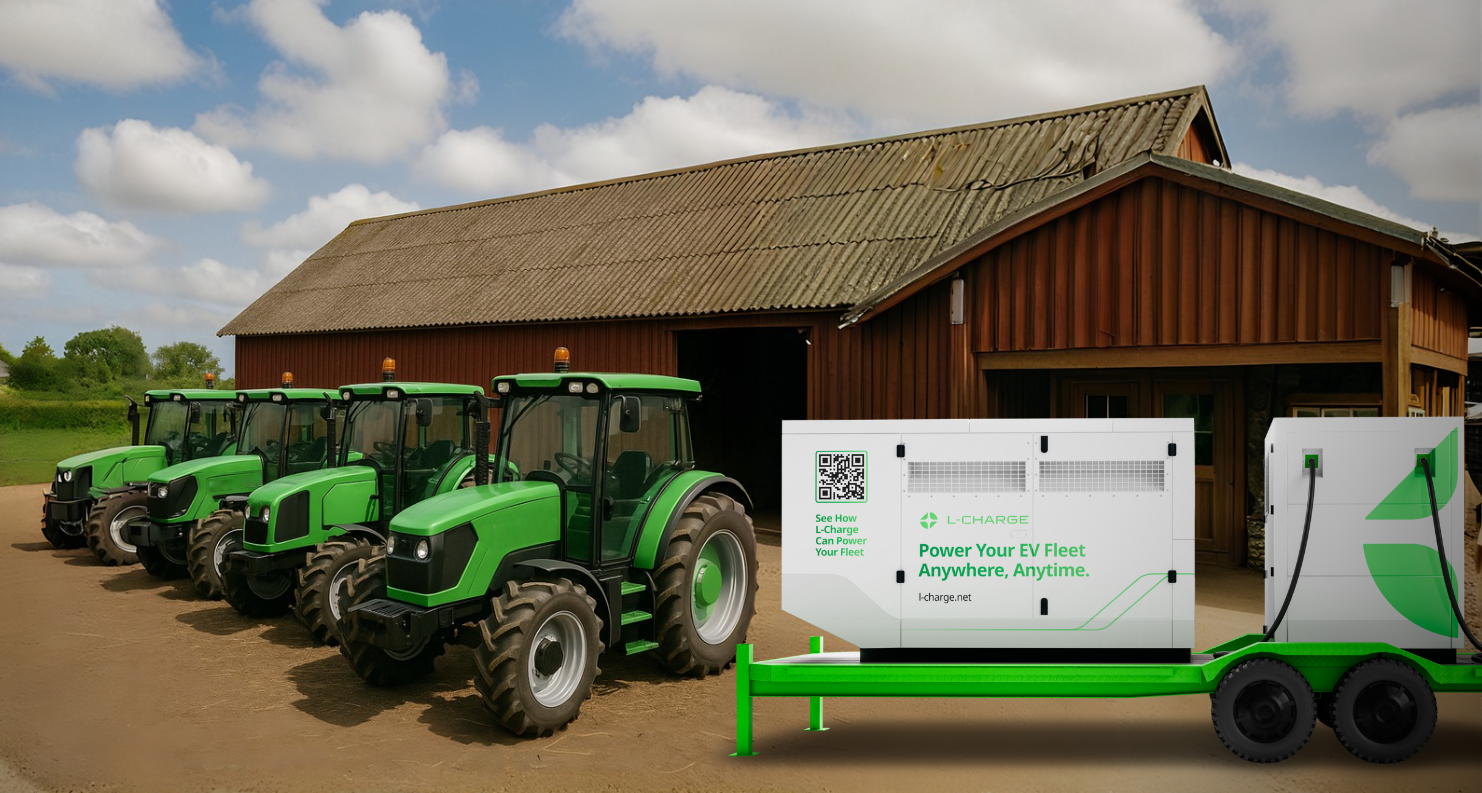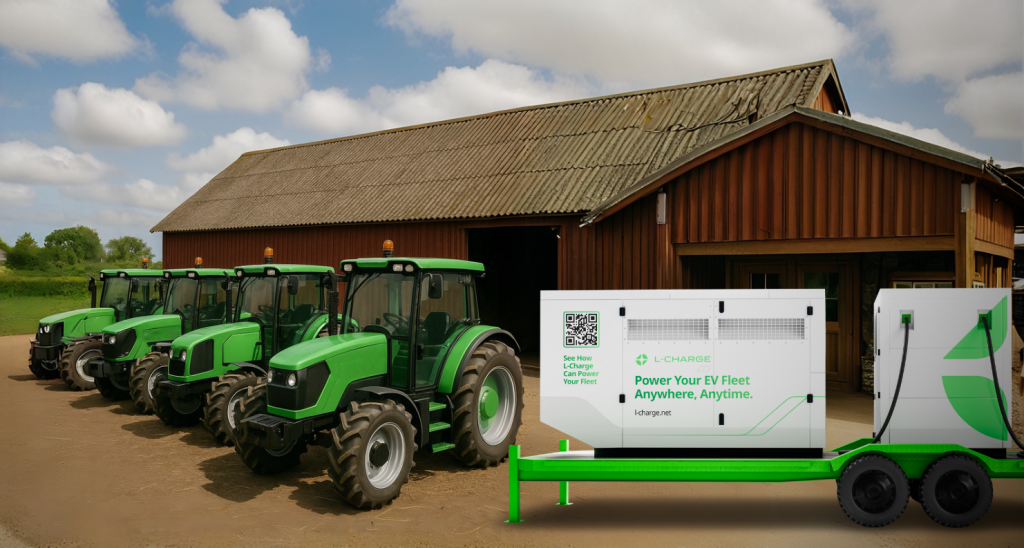How to Electrify Your Agricultural Fleet Without Grid Access?



Here’s a practical guide to electrifying your agricultural fleet even if you’re off the grid.
Start by identifying the parts of your fleet that could feasibly go electric. These might include:
Tractors used for short-haul or daily work
Electric utility carts or ATVs for around-the-farm transport
Delivery vehicles operating within a fixed range
Refrigerated trailers or stationary equipment that run on-site
Electric and autonomous options now exist for many of these use cases, especially for farms with predictable routes and downtime periods.
Before making the switch, consider:
Where your vehicles will charge (e.g. barns, sheds, equipment yards)
What kind of electrical capacity is currently available
How much downtime you can allow for charging
Whether your farm is near reliable grid power or not
Many rural operations face long timelines or high costs when trying to extend or upgrade grid connections.
If grid power is limited or unavailable, off-grid charging can serve as a bridge or even a long-term solution. Some providers, like L-Charge offer mobile or stationary EV chargers that generate their own power onsite, using fuel sources like renewable natural gas (RNG), biofuels, or low-emission gas alternatives.
This approach allows farms to:
Begin electrifying without waiting for utility upgrades
Move chargers between sites if needed
Scale up as more vehicles are added
It’s especially useful for seasonal or rotating operations where fixed infrastructure may not make sense.
Electrifying farm fleets isn’t a one-time switch it’s an evolving process. Starting with a pilot or small number of vehicles can help identify operational changes early, such as adapting charging schedules or rethinking routes. You can get in touch with L-Charge team to help you evaluate the feasibility of the off-grid charging service for your need at info@l-charge.net.
Whether for internal tracking or reporting to partners and regulators, it helps to record:
Fuel and maintenance savings
Emissions reductions
Lessons learned during the pilot phase
Many farms are now required or encouraged to report on sustainability practices, and fleet electrification can be a meaningful part of that story.
Electrifying farm equipment comes with real benefits, but infrastructure shouldn’t be the reason to delay. With portable and off-grid charging solutions available, even remote operations can begin making the shift now.
It’s not about doing everything at once it’s about taking the first practical steps toward a more sustainable and efficient fleet.